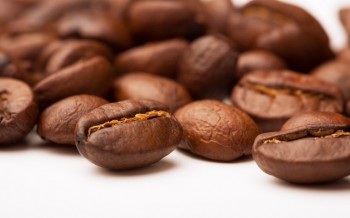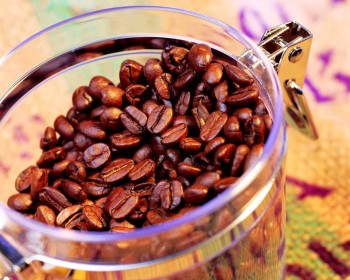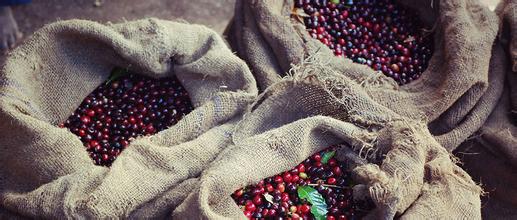What are the main nutrients and ingredients in coffee beans?

Many people like to have a full-bodied cup of coffee at breakfast in the morning, and enjoy a hearty cake with mellow coffee in the afternoon, but those of us who like coffee also need to understand the ingredients in coffee beans. in order to understand the food we choose, we will also know the effect of coffee on the body and the effect of coffee on the taste of coffee.
The ingredients and ingredients of coffee beans can be roughly divided into eight different ingredients. The following describes the ingredients of coffee beans one by one, and explains the impact of these ingredients on the body and the taste of coffee:
Caffeine: a source of bitterness. A small amount of caffeine increases the speed of cellular metabolism and stimulates the nervous system, cardiovascular system, respiratory system, stomach, muscle, muscle, etc. Wait.
Acid: the source of sour taste. Boiling will decompose to produce pyrosylic acid, and too much monosodium acid will make the coffee taste bad.
Fat: the fat contained in coffee beans can be roughly divided into acidic fat and volatile fat, which are as follows:
Sour fat: that is, fat contains acid, and its strength will vary due to different types of coffee.
Sporadic fat: the source of coffee aroma, it will disperse and emit 40 kinds of fragrance, and it will also evaporate due to the lack of space.
Protein protein: a source of calories. However, the protein content of coffee is not easy to dissolve, so the amount of protein obtained by coffee is limited.
Sugar: the sweetness and color of coffee. After roasting, the sugar in the coffee beans is converted to caramel. The combination of caramel and monosodium acid sweetens the coffee bar.
Rough coffee: the source of brown coffee. The beans of raw beans are carbonized after baking. The combination of carbon and caramel forms the color of coffee.
Mineral minerals: a slightly more likely source of flavor. There are a small amount of lime, calcium, phosphorus, carbonic acid, etc.
Water: raw beans contain about 11% moisture, about 2.5% after baking.


Source: network
Important Notice :
前街咖啡 FrontStreet Coffee has moved to new addredd:
FrontStreet Coffee Address: 315,Donghua East Road,GuangZhou
Tel:020 38364473
- Prev

How to better preserve coffee beans and how to taste coffee better
Dark coffee seems lonely, but it is not: milk, cream balls, ice cream, rock sugar, sweet wine, chocolate rice and colorful rice are all good friends of coffee. [how to preserve coffee beans] roasted coffee beans are easily oxidized by contact with air, resulting in deterioration of the oil, volatilization and disappearance of the fragrance, and then added by temperature, humidity, sunlight and other factors.
- Next

Detailed introduction of Ethiopia-Cochel kochere coffee beans
Country: Ethiopia Grade: G2 production area: Yejia Xuefei Baking degree: shallow Baking method: water washing Variety: local Native species Flavor: Jasmine fragrance, Lemon, Bergamot, Honey and Grapefruit Cochel is located in a small producing area 25 kilometers southeast of Yega Sheffield, Ethiopia. It is a rich area for coffee production, and it is also one of the three famous and micro-producing areas of Yegashafi.
Related
- Guji coffee producing area of Guji, Ethiopia: Humbela, Shakiso, Wulaga
- What is the most expensive variety of Qiloso in BOP multi-variety group?
- How to store the coffee beans bought home?
- Why are Yemeni coffee beans so rare now?
- Ethiopian Sidamo all Red Fruit Sun Sun Santa Vini Coffee beans
- SOE is mostly sour? What does it mean? Is it a single bean? what's the difference between it and Italian blending?
- Is Italian coffee beans suitable for making hand-brewed coffee?
- How to choose coffee beans when making cold coffee? What kind of coffee beans are suitable for making cold coffee?
- Just entered the pit to make coffee, what kind of coffee beans should be chosen?
- Can only Japan buy real Blue Mountain Coffee? What are authentic Jamaican Blue Mountain coffee beans?

